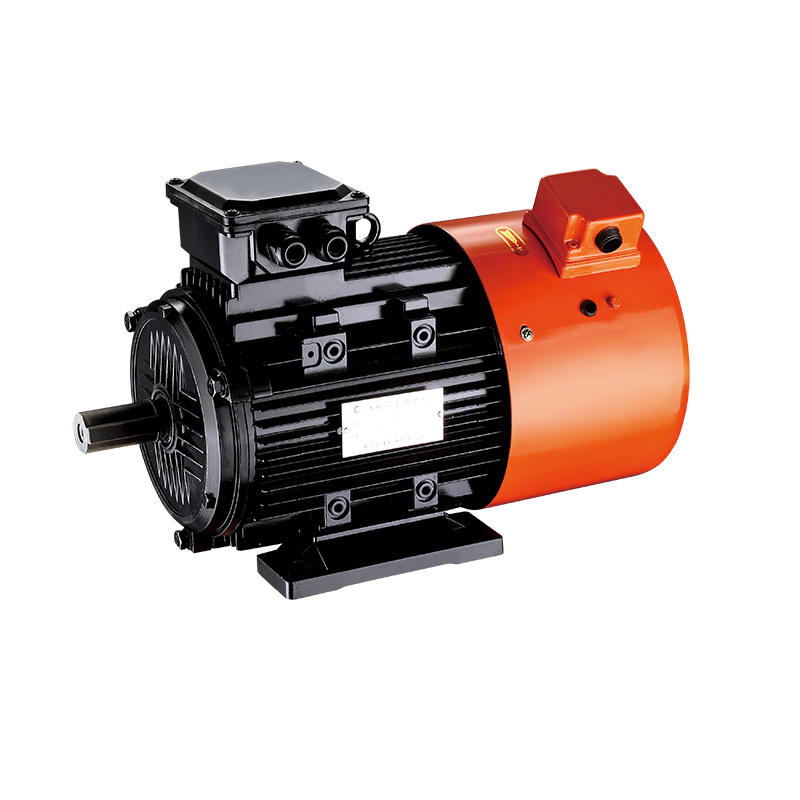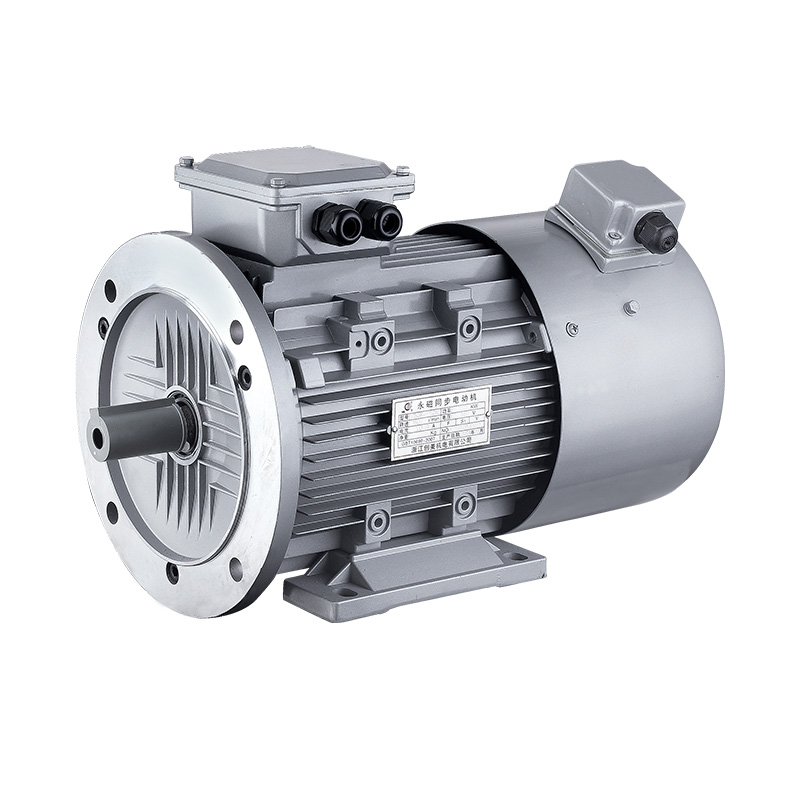The Three-Phase Permanent Magnet Synchronous Motor (TPMSM) has become one of the widely used types of motors across various industries due to its efficiency, performance, and reliability. This motor, which combines the features of permanent magnet technology with a three-phase power system, offers significant advantages over other types of motors, such as induction motors and brushed DC motors.


Unlike other motors that rely on electromagnetic induction to generate a magnetic field in the rotor, the Three-Phase Permanent Magnet Synchronous Motor uses permanent magnets embedded in the rotor, which eliminates the need for slip rings and brushes. This results in fewer moving parts and a more robust, reliable design.
The motor's synchronous nature means that the rotor's speed is synchronized with the frequency of the three-phase power supply. This gives the Three-Phase Permanent Magnet Synchronous Motor an inherent advantage in applications that require precise speed control.
When compared to traditional induction motors, the Three-Phase Permanent Magnet Synchronous Motor offers several key advantages. One of the main differences is that induction motors rely on electromagnetic induction to generate a magnetic field in the rotor, which requires additional energy to overcome losses in the form of heat and current. This can result in lower efficiency, especially under partial load conditions. In contrast, the Three-Phase Permanent Magnet Synchronous Motor uses permanent magnets in the rotor, which eliminates these losses, higher efficiency and better energy conversion.
The Three-Phase Permanent Magnet Synchronous Motor is also generally more compact and lighter than an induction motor of similar power. This reduction in size and weight is advantageous in applications where space and weight are critical factors, such as in electric vehicles and portable machinery.
Another significant advantage is that the Three-Phase Permanent Magnet Synchronous Motor has a high power density. Since the motor's permanent magnets generate a strong magnetic field, less current is required to achieve the same level of torque, making it more efficient and capable of delivering more power for the same size.
One of the prominent advantages of the Three-Phase Permanent Magnet Synchronous Motor is its exceptional energy efficiency. This motor operates with minimal energy loss due to its design, which reduces the need for external excitation and minimizes heat generation. This makes it more energy-efficient compared to other motors that rely on electromagnets to generate the magnetic field.
In industrial applications, energy efficiency is a critical factor that can significant cost savings. The Three-Phase Permanent Magnet Synchronous Motor's ability to convert more electrical energy into mechanical energy with fewer losses contributes to its widespread use in industries that prioritize energy-saving technologies. Over time, the high efficiency of the Three-Phase Permanent Magnet Synchronous Motor can reduced operating costs, lower electricity bills, and a reduced environmental footprint.
Additionally, Three-Phase Permanent Magnet Synchronous Motors are more efficient at part-load conditions. Traditional induction motors often experience a drop in efficiency when running at less than full load, whereas the Three-Phase Permanent Magnet Synchronous Motor maintains consistent performance, making it ideal for systems with variable load demands.